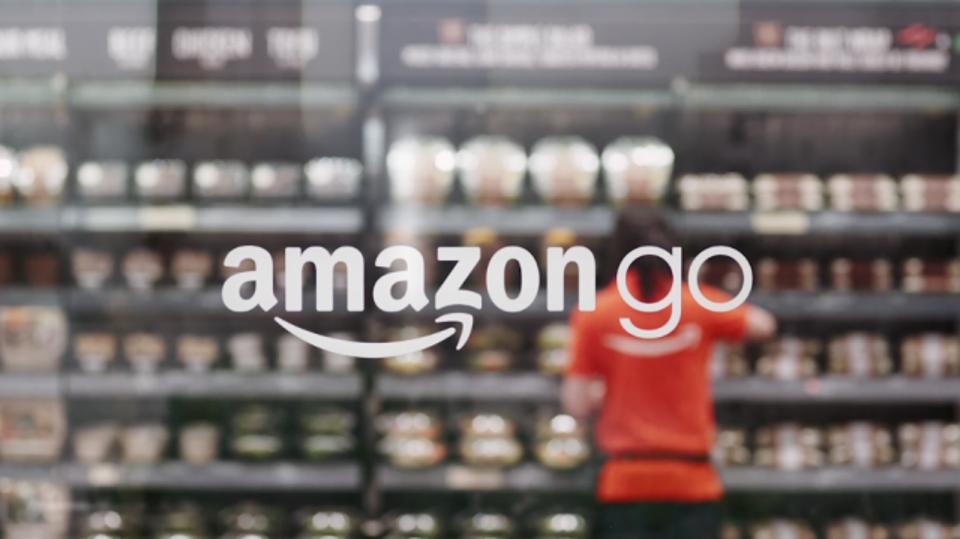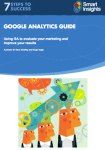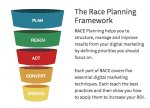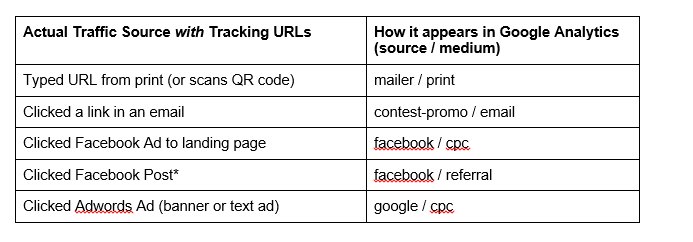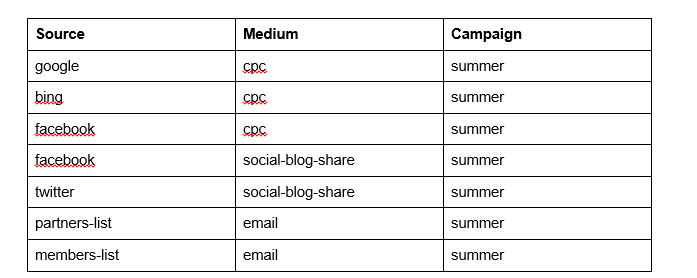
We've all had bad days at the office. Maybe even a bad week or two.
But if you can't remember the last good day you've had at work, it might be time to seriously consider quitting.
Of course, you'll want more to go on than this, which is why we compiled a list of signs indicating it may be time to quit your job.
If you've noticed a number of these issues for at least a few months now, you should seriously consider packing up that miserable desk for good.
You're bored all the time
"If you're no longer challenged in your position and have tried communicating with your boss to no avail, this may be a sign that it's time to leave," says Lynn Taylor, a national workplace expert, leadership coach, and author of "Tame Your Terrible Office Tyrant."
Although boredom is a very standard feeling, researchers believe prolonged feelings of boredom while at work are a warning sign that you are not doing what you want to be doing and are searching for more meaning.
If you're spending most of your workday on the internet shopping or playing games, or if you're checking the time frequently at work, those are key indicators, Taylor says.
Your skills aren't being tapped
We all know that sometimes you have to take whatever you can get, stick it out for a while and, hopefully, prove to your boss that you're capable of managing more responsibilities.
But if you've been doing this awhile, and you're still stuck in a position that doesn't allow you to utilize your skills, then it's time to start considering other options, Taylor says.
"When you know you have more to offer the world, don't second-guess yourself — get ready for change," she says.
Your employer's goals and your personal mission don't match up
People don't stay put in a job for as long as they can stand it anymore, former GE CEO Jack Welch and Suzy Welch, a best-selling author and business journalist, wrote in a LinkedIn post. These days, people consider whether they are investing their time at the right or wrong company.
As Business Insider previously reported, the Welches suggest asking yourself if your company "jibes with your life's goals and values." "Does it require you to travel more than you'd like, given your chosen work-life balance? Does it offer enough upward mobility, given your level of ambition?" they say.
How you answer these questions could signal whether it's time to move on.
You constantly feel overwhelmed
Work can be taxing for everyone, and we all occasionally feel weary after a long day at the office, but if your life is a chronic state of stress and exhaustion thanks to work, you're probably suffering from job burnout.
A major sign of job burnout, which can be taxing on your physical, emotional, and mental state, is that you're no longer able to handle even little setbacks. Stress at work is inevitable, but every moment shouldn't feel so completely overwhelming. If you get upset about every little thing that's happening at work, it may be a sign it's time to move on.
You're not growing
"It's easy to get stuck in a job and, if you love what you're doing, getting stuck can be comfortable," Travis Bradberry writes on LinkedIn. "However, it's important to remember that every job should enhance your skills and add to your value as an employee."
Bradberry warns if you're not learning anything new and are simply doing the same thing every day, it's time to look elsewhere.
Marc Cenedella, founder and CEO of career resource Ladders, agrees, noting that if you haven't picked up a new skill, viewpoint, or way of doing things in the past six months, it could be a sign that it's time to go.
"Because the modern economy, and modern employers, value responsiveness so much, it's important that you not only learn new things, but that you keep learning, all the time," he tells Business Insider.
You feel like you can't ever win
In a LinkedIn post, Robert O'keane, an international search consultant for Charles Francis Cooper, warns against ignoring the feeling that you can never win at work.
"Your job should make you feel exhilarated and challenged — like you are succeeding in something, rather than like you are fighting a losing battle and not achieving anything," he writes.
You always watch what you say
Sallie Krawcheck, CEO and cofounder of Ellevest, confessed on LinkedIn that she's stayed in a few jobs that she probably shouldn't have. One of the signs it was time to quit she says she ignored was that she thought — and rethought — every word that came of her mouth.
"How would this sound? How would this be interpreted? Was this statement too far off the other views around the table?" she often wondered.
"I've worked in cultures in which 'no idea is a bad idea' and in ones in which you had to watch what you say," Krawcheck notes. "I am very over the term 'authentic,' but if you can't be 'authentic' at your job, it's time to look for another job."
Your company isn't invested in you
Employee engagement is one of those buzzworthy management phrases we hear all the time, but there's a reason it got to become so overused: employee engagement matters.
As Gallup notes, engaged employees are passionate, creative, and emotionally connected to the mission and purpose of their work, while disengaged employees are indifferent toward their jobs and can destroy a business.
If your company doesn't seem to care about your engagement, you'd be better off working elsewhere.
You worry about money — all the time
It's true that most of us worry about money often, but if this worry is constantly on your mind and it's not because you're a shopaholic, then maybe you're not getting paid enough.
If you've been at your current company long enough, request to speak to management about this. Make sure your argument as to why you should be paid more is applicable. Then, ask for an evaluation.
If the company doesn't agree that you need to be paid consistent with your workload, then it might be time to find a company that doesn't make you feel like they're doing you a favor by paying you, Taylor says.
It looks like layoffs are coming
There are several signs mass layoffs may be coming, from previous rounds of downsizing to recent acquisitions and mergers.
"There's no need to go down with this ship," Taylor says. "Put on your life preserver and get in the water."
You can't picture yourself at your company in a year
As previously reported on Business Insider, the Welches say a year is about how long it takes to find a new, better job. That's why they suggest trying to look forward to 12 months from now and picturing where you'll most likely be in the organization, what work you'll be doing, who you'll be managing, and who will be managing you.
"If that scenario strikes you with anything short of excitement, then you're spinning your wheels," they say.
You've got serious trust issues
If you don't trust your boss or company because you believe they engage in unethical activities, or worse, expect you to partake, you know it's time to go, Taylor says.
"You should never feel pressured to comply with activities that could hurt your career," she says. "And if you've lost trust in your boss, due to anything from lying to false promises, it's hard to stay put."
You've got the boss from hell
As the management professor Merideth Ferguson once said, most people quit bosses, they don't quit jobs.
Whether your boss is quick to blame but slow to praise, they play favorites, or they micromanage, according to Taylor, their bad attitude doesn't just affect your time at work; it actually affects other important aspects of your life.
If you've tried everything to make it work and your life is simply unbearable, then it's time to visit your favorite job board, she says.
You dread Mondays
"We all get a case of the Mondays from time to time, but if even thinking about your job fills you with dread, it's probably time to leave," Bradberry writes.
While the "Sunday night blues" are quite common, one of the biggest signs you're burned out at work, according to burnout specialist Ben Fanning, is when your weekend feels more like a liberation and you deeply fear your return to work.
"You know you're really stressed when you truly feel like you've been freed when the weekend rolls around," he says.
You've started popping Tums like they're candy
It's surprising how far-reaching the side effects of work dissatisfaction can be. But just as a poor working situation can hamper your mental and emotional state, it can also wreak havoc on your body.
Researchers have found a link between job stress and acid reflux symptoms like heartburn and nausea. If your stomach's constitution isn't what it used to be, this could be a sign that your job is taking its toll on your body, and very few jobs are worth sacrificing your health.
You can't laugh out loud at work
"Yes, I know, 'work is called work for a reason,' but in most of my jobs, I've had a comfort level that we could have the occasional 'laugh until you cry' moment," Krawcheck writes. "When that's gone, it's a key signal."
Nothing you do is ever enough
Even though you're the first person in the office, the last one out, you're constantly checking your work email, and you're far exceeding all your colleagues' workload combined, sometimes you get stuck with a boss that still, believe it or not, expects more from you.
If your boss relentlessly pushes for more no matter what, there's likely no end to the madness in sight, and it may be time to go somewhere that can appreciate all that you do — and some boundaries.
You've stopped trying to get your friends to work with you
"If the thought of pitching your present employer to your friends fills you with dread, it could be a sign that you've lost the love for your current gig," Cenedella tells Business Insider. "If there's something deep down inside telling you it's not a place you're proud to introduce to your friends, maybe that's a sign that's it no longer a place you're proud to be a part of."
The grass is actually greener
Whether you're looking to move up the ranks and there's nowhere in your company to go, or you want to keep doing what you're doing but at another company, there's no better way to tell if it's time to quit than by doing some good old-fashioned analysis.
If you compare your current job with a job prospect head-to-head and your current job just doesn't stack up (compare tangible things like salary, benefits, and employee reviews on sites like Glassdoor), you really can't deny the data.
You have another gig in place
"One of the criteria for knowing when it's time to quit, ideally, is having the next thing already lined up," says Tyler Parris, author of "Chief of Staff: The Strategic Partner Who Will Revolutionize Your Organization."
He tells Business Insider that, whether you're going into business for yourself and need to build a certain amount of the business before you take the leap or you're simply moving from one job to another, it's always best to have your next move lined up before quitting. That means it could take months of job searching or business building before you finally know it's time to move on.
You just know
When it comes to knowing that things are amiss, your gut can be your greatest ally.
If you've been actively researching job listings, talking about quitting for some time, and you feel it's the right thing to do — even if you're scared of the unknown — it may be time to listen to that little voice and go for it.
Vivian Giang contributed to an earlier version of this article.
SEE ALSO: 27 signs you're burnt out at work
SEE ALSO: 25 signs your company is about to conduct mass layoffs
Join the conversation about this story »
NOW WATCH: A behavioral economist reveals when it's time to quit to your job



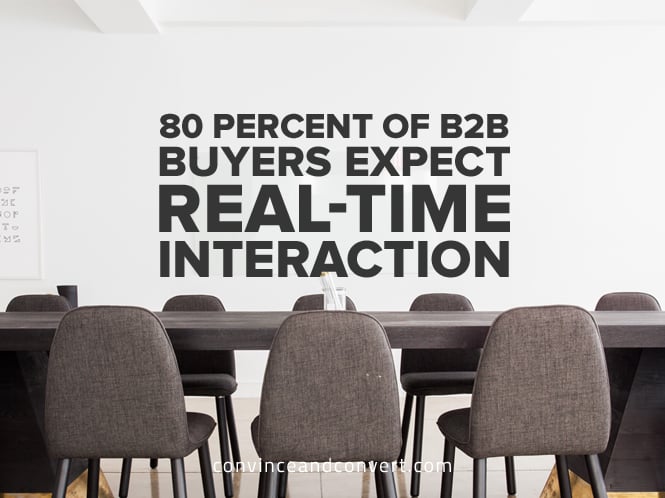
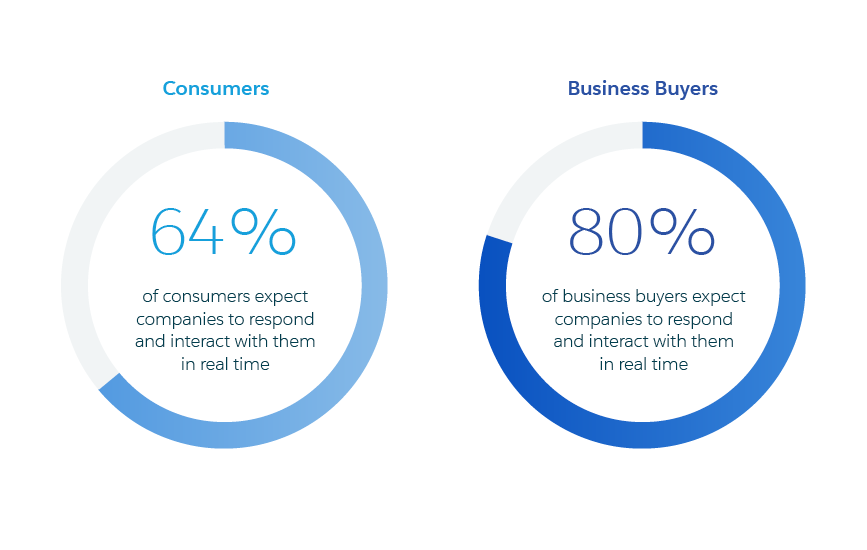


















 Thanks to
Thanks to 
 Here are some big ideas for doing just that.
Here are some big ideas for doing just that. This is a new talent profile for the financial-services industry, one most of the industries managers are not (yet) accustomed to recruiting. Ready or not, the industry is about to join the world of Big Data and talent analytics. And not a moment too soon.
This is a new talent profile for the financial-services industry, one most of the industries managers are not (yet) accustomed to recruiting. Ready or not, the industry is about to join the world of Big Data and talent analytics. And not a moment too soon. It’s no secret that humans have a hard time with objectivity, and that even the most modest among us value our own opinion more highly than we should. It’s well documented that even “experts” are susceptible to conscious and unconscious filters
It’s no secret that humans have a hard time with objectivity, and that even the most modest among us value our own opinion more highly than we should. It’s well documented that even “experts” are susceptible to conscious and unconscious filters One day soon talent analytics will be understood as a profoundly strategic tool. It is not hard to imagine, for instance, “talent modelling” with an analytics tool to directly address strategic questions like the probability of success for specific kinds of talent under different kinds of market risk. Or the right match of talent to alternative futures for an organization—the investment patterns of millennials, say, versus those of their parents.
One day soon talent analytics will be understood as a profoundly strategic tool. It is not hard to imagine, for instance, “talent modelling” with an analytics tool to directly address strategic questions like the probability of success for specific kinds of talent under different kinds of market risk. Or the right match of talent to alternative futures for an organization—the investment patterns of millennials, say, versus those of their parents. The summary shares Ian’s story and how he understands the risks that’s involved with not having the right supply chain management vendor (the impact of loss exceeds $50B annually for the industry as a whole!) He discusses how he believes it’s because supply chain vendors and their clients don’t have the supply chain management visibility they need for continual account performance and improvement – and he talks about the visibility he had at UPS was mostly “transportation visibility”, meaning monitoring from point A to point B. He talks about how there was zero optimization at UPS and how you cannot have continual ROI improvement without optimization. So he’s challenging the industry and his peers and showing the differentiated value that he and Schneider can provide.
The summary shares Ian’s story and how he understands the risks that’s involved with not having the right supply chain management vendor (the impact of loss exceeds $50B annually for the industry as a whole!) He discusses how he believes it’s because supply chain vendors and their clients don’t have the supply chain management visibility they need for continual account performance and improvement – and he talks about the visibility he had at UPS was mostly “transportation visibility”, meaning monitoring from point A to point B. He talks about how there was zero optimization at UPS and how you cannot have continual ROI improvement without optimization. So he’s challenging the industry and his peers and showing the differentiated value that he and Schneider can provide.



 If my recent experience is anything to go by, sales playbooks have overtaken sales analytics as 2017’s “must do” sales performance improvement initiative. It’s not hard to see why. CEOs and sales leaders are frustrated that – despite all their investments in CRM and sales training – there remains a significant and persistent performance gap between their top sales people and the rest.
If my recent experience is anything to go by, sales playbooks have overtaken sales analytics as 2017’s “must do” sales performance improvement initiative. It’s not hard to see why. CEOs and sales leaders are frustrated that – despite all their investments in CRM and sales training – there remains a significant and persistent performance gap between their top sales people and the rest.
